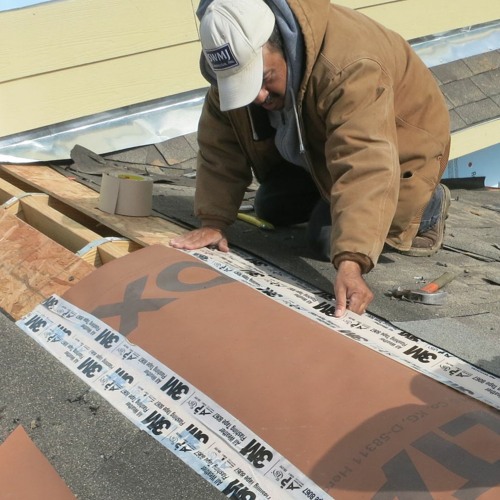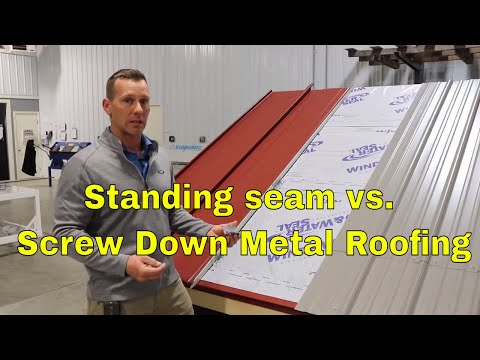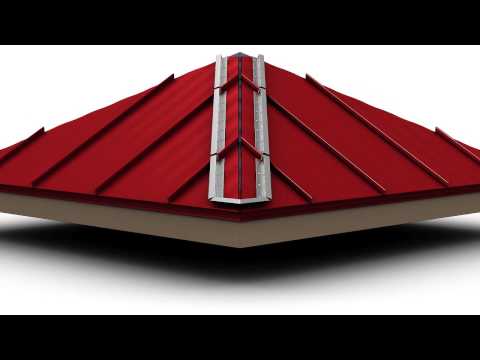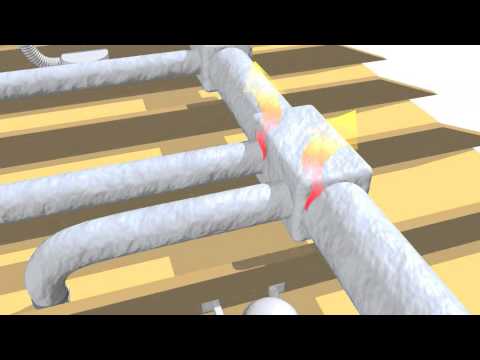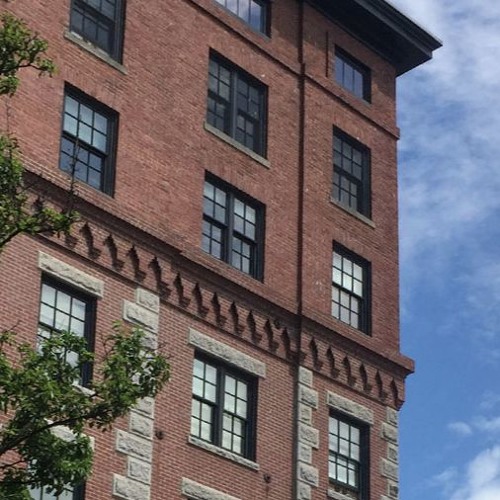Insulating the roof assembly is a great way to gain living space within a house’s existing footprint. But moisture can ping-pong its way to the ridge because of some weird laws of physics. Here’s a way to let moisture escape without compromising the air barrier.
This ridgeline vapor diffusion port is approved in the code for climate zones 1, 2, and 3, and it works in colder places, too.
Installing a vapor diffusion port in a roof
Cut the roof sheathing back about an inch and a half on each side of the ridge.
Cover the roof with roofing paper and cap the ridge cutout with a vapor-open roofing membrane that will stop air and liquid water from getting in. If the membrane is not peel-and-stick, seal all the edges with contractor tape.
Install roofing like normal and seal a ridge vent atop the ridge.
This will allow water vapor to exit the assembly while keeping liquid water out. Which will help keep you, out of the dog house.
Vapor Diffusion ports in the building code: Section 1202.3 Unvented attic and unvented enclosed rafter assemblies.
